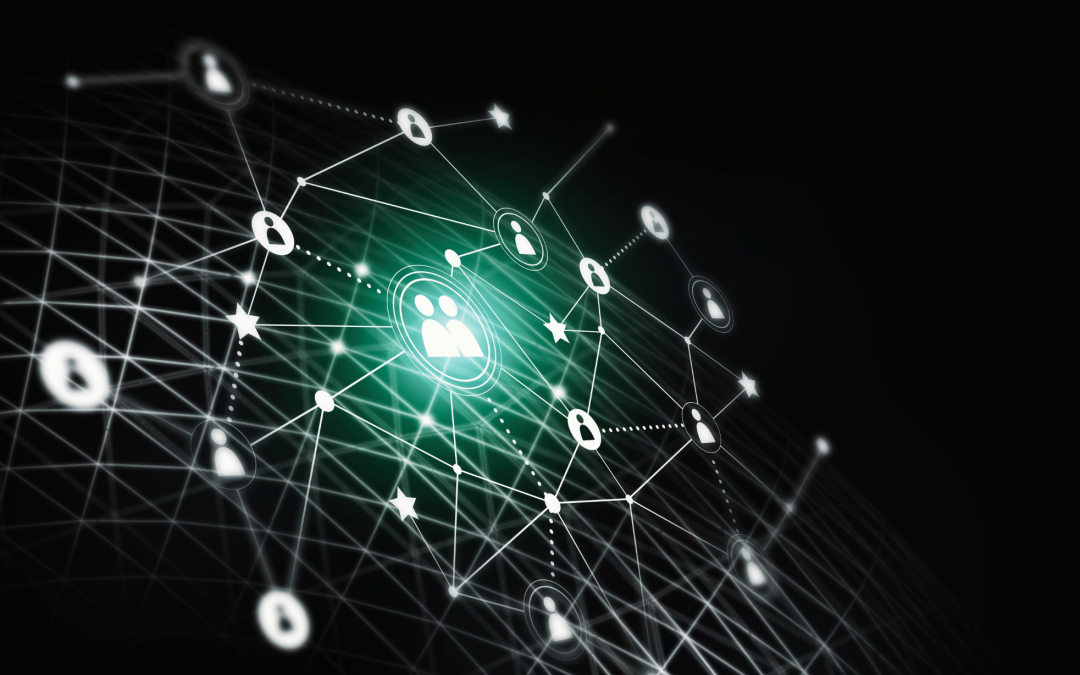
by dorota | Aug 10, 2022 | blog
Personalization is likely the best way to achieve the e-commerce’s sector holy grail – customer loyalty. Having loyal, returning customers means that you can steadily grow your business. In this article, we will show you how you can introduce e-commerce personalization to your online store and what benefits you can expect from that.
Almost every e-commerce report says the same thing – a personalized shopping experience is a must-have today. People expect that your store will know them and their needs and act accordingly. But before we start talking about various e-commerce personalization techniques (we have four of them for you), let’s talk about e-commerce personalization. What it actually is and why it’s so important today.
What is e-commerce personalization?
The ultimate goal of e-commerce personalization is to deliver personalized experiences in your online store. In practice, this means that:
- Customers that are logged in see their details (online stores frequently greet logged customers by name), and they see personalized product suggestions.
- You gather data about your customers and their activity (e.g., viewed products and categories, purchased products, asked questions, shared reviews) and use it to improve customer service.
- You use personalization techniques, e.g., upselling, cross-selling, smart product suggestions, and shopping advice (e.g., chatbots offer such a service).
Why is e-commerce personalization important?
Two reasons: First off, your customers simply expect that. In the recent Gladly.com report, over 70% of customers said that personalized customer service is more important than personalized marketing. Customers expect you to know their details, purchasing history, and interest. You can achieve that with decent analytics software and intelligent product recommendation algorithms.
Secondly, with this strategy, you sell more products and can expand your business. Most likely, there are diverse customer segments in your store, correct? Each of these segments requires a different approach and offer. A quick example – if you have a fashion store showing women’s coats to a teenager who’s recently purchased a pair of sneakers is just a waste of time. But with personalization, your product suggestions are better tailored and, thus, effective. As a result, you can encourage customers to buy more products and return to your store more frequently.
E-commerce personalization examples
Volcom, an American lifestyle clothing brand, uses smart product recommendations that, depending on the products that you view, present different products. These recommendations are presented in every product tab, right after the product details:

And here’s another example: Levi’s offers their customers to personalize the products they purchase. That offer is called customized & personalized clothing, and customers can decide what color, graphic, and text they want on their item, e.g., a t-shirt:

Now, let’s take a look at our list of four proven personalization techniques.
Effective techniques for personalized shopping experience
CONTINUOUS SHOPPING FOR RETURNING CUSTOMERS
Your store should remember each logged customer. When a user places an item in the cart, don’t delete it from there when they go somewhere else or view other products. If the purchasing process was stopped at some point, help your customers restore it to the point where they stopped it. Show that your store “waits” for the customer to return and finish their order. You can even send them some subtle reminders, e.g., via social media and push notifications.
CREATE PERSONAL RECOMMENDATIONS
As you know from our other blog posts, personalization is actually a very wide term that can refer to the site’s layout, products, and discounts. Create personal recommendations comprising products and special offers. Some stores use birthday discounts, maybe that’s an idea for you? This way, you show your customers that you value them and want to fulfill their needs.
PERSONALIZE YOUR EMAILS AND CAMPAIGNS
Every email you send and every marketing campaign needs to be personalized as well. Start your email with something like “Dear Emily”, or “Hey, John!”. This way, you build more personal, deeper relationships, and customers will surely appreciate that. It’s the same story with your ads and campaigns. They also should be filled with customized recommendations and offers. Again, don’t offer a discount for women’s furs for someone who’s clearly interested in shorts and sneakers.
USE USER-GENERATED CONTENT (UGC)
That last element is also important as it enables you to give voice to your customers. With user-generated content, your customers can share their opinions about the store and the products that you offer. Enable them to post comments, share them via social media, and rate products (e.g., from 1 to 5). You can even go one step further and offer the possibility to publish product tests, unboxing, and other materials that are product-related. Again, creating a space just for your customers shows that you are serious about building long-lasting relations with them.
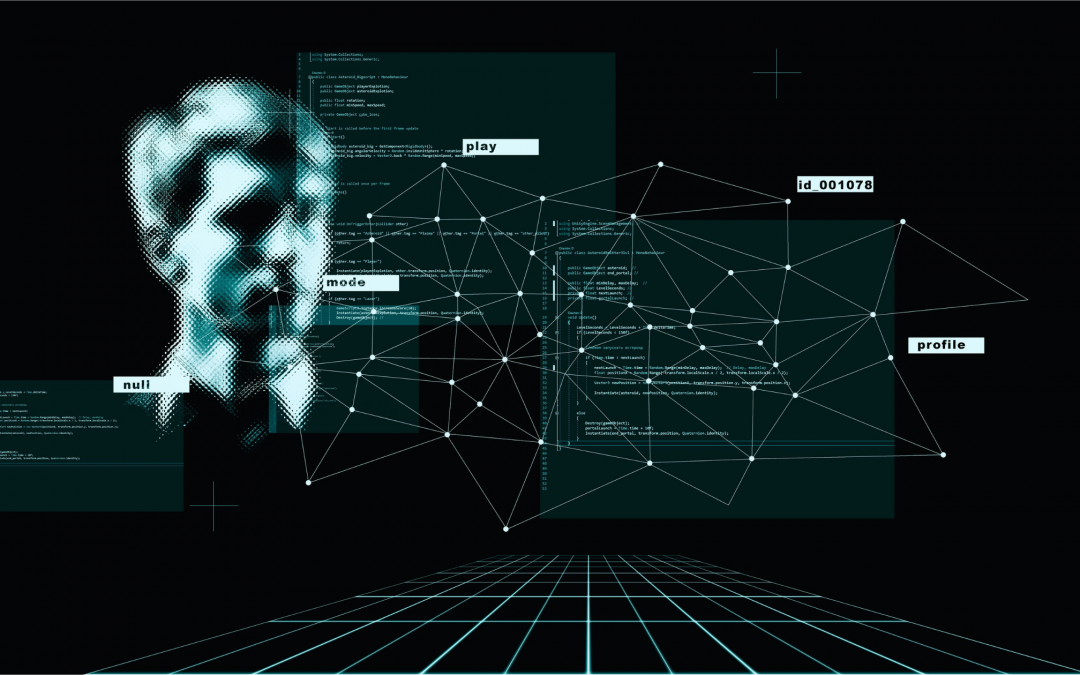
by dorota | Aug 9, 2022 | blog
Marketing uses a variety of strategies which purpose is to help companies attract as many customers as possible. The role of most of these strategies is also connected with building strong relationships with customers. Today, we’re going to show you one of the most effective customer satisfaction strategies – marketing personalization. What is personalization? And how can you use it in your business? Let’s find out.
The term personalization itself is used widely, even in everyday situations; take, for example, your best friend’s birthday. While preparing a gift, you would like to make it special – and special means aligned with your friend’s interests, passions, or dreams. In other words, you want to give them a personalized gift. Even though the meaning of personalization may seem obvious, there are a few things worth clearing out. In this article, we would like to uncover this concept by discussing its definition, benefits, and examples.
What is personalization?
Marketing personalization is a process of gathering customer data (especially about customer behavior) and, based on that input, tailoring the information which the company wants to convey to its customers. Personalized marketing is based on understanding and fulfilling customer preferences, needs, and expectations (that’s how customer segments are created). This way, it is possible to create a message which will be a perfect fit for each and every person involved in the company’s services.
Marketing personalization is a highly important and popular technique that helps you to attract and keep as many customers as possible. We all want and desire to be noticed and understood, and this is exactly what personalized content shows us – attention to individuals visiting your web page.
There are two most common types of personalization used in marketing: one-to-one personalization and segmentation.
The first one is also called “individualization”, and it is the type that is usually associated with the personalization term. In short, it takes into account individual customers, their needs, and preferences and leverages customer data to craft a personalized message.
Segmentation, on the other hand, takes into account groups of customers identified from a bigger audience. The message is not addressed to individuals, then; rather, there is a personalized message for a specific group (customer segment). The best example here would be regular customers who get special information tailored only to their experience. This method, however, can be successful only if the targeted segments are big enough to produce satisfying outcomes.
Why is personalization important?
Personalized experiences seem to be important both for customers and marketers. There are many reasons for which companies introduce personalized messages; the most crucial, however, is the fact that customers nowadays expect to be recognized and gratified for being a loyal part of a brand. Many surveys have been conducted, and all of them present the same results: The more the company is able to notice and identify a particular customer, the higher the chance that the given customer will continue using their services. Of course, it is not the only reason why personalization has become such a successful marketing technique. What else does it involve?
It helps your business thrive. When the customer notices well-tailored messages and feedback, they are more likely to come back and use the company’s services again. That is why it is important to pay attention to the experience your customers encounter while cooperating with your company. One of the biggest names now, such as Netflix or Spotify, owes their success mostly to their personalized playlists. To be fair, the users of these platforms demand personalized content on the basis of which they can find another, well-tailored one.
Personalization vs. customization
Both personalization and customization involve modifications within a customer’s experience. There is, however, a very important difference between these two approaches.
As stated before, personalization includes gathering information about a specific customer. And on this basis, the company proposes specially tailored messages. This way, the customer does not have a direct influence on the content and suggestions that they receive.
With customization, on the other hand, it is the customer who is in charge of modifying the content according to their needs and preferences. While shopping online, for instance, customers receive both personalized and customized content – ads and filtered products, respectively.
Personalization examples
There are many ways in which companies can convey their personalized messages. Mostly, they involve machine learning algorithms that gather information about customer experiences, preferences, likes, but also about information related to the location or online activity. All of this can help companies create as much personalized content as possible. Here are a few most popular personalization methods:
- E-mail personalization
- Smart product recommendations
- Advertisements based on customer data
Each of them can have its own benefits; that is why your company needs to recognize your customers’ needs in order to prepare the best, most satisfying, and well-tailored content.
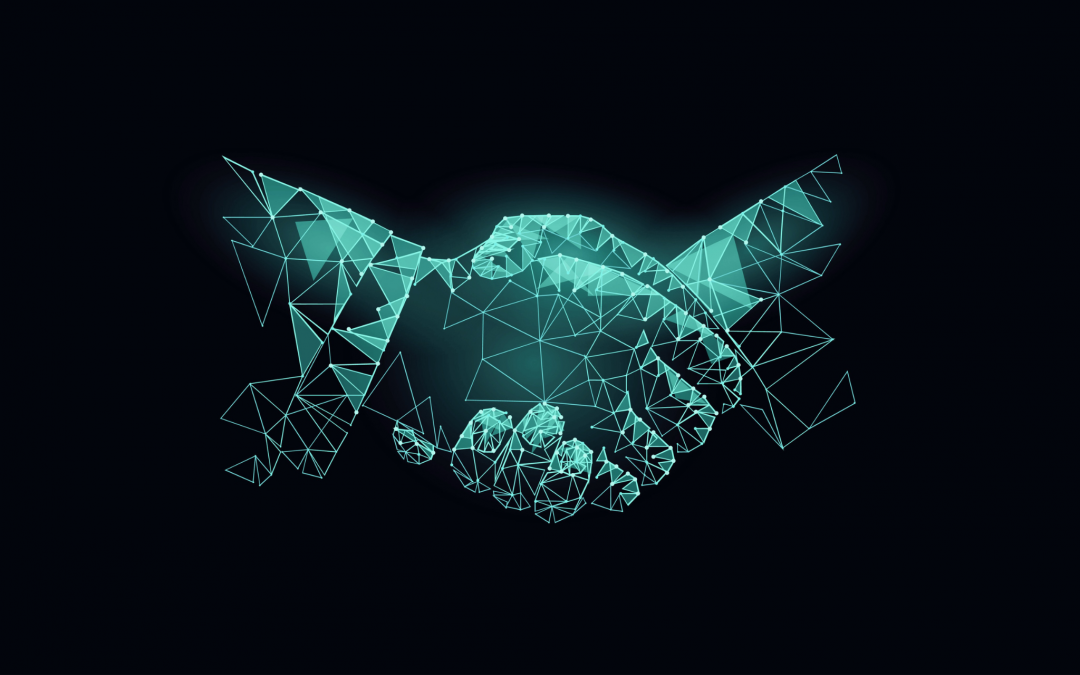
by dorota | Aug 9, 2022 | blog
Customer engagement is one of the buzzwords of the modern business world. And for a reason – having customer engagement enables you to grow your business, sell more, and even introduce new products and services. In this article, we’re going to show you four bulletproof customer engagement strategies that you can use in 2022. Let’s get right to it.
Probably every business owner wants to have engaged loyal customers that buy and return frequently. However, customer retention is one of the biggest challenges of today’s business world. How can you deal with it? With a solid customer engagement strategy, of course. Your every action has to be purposeful and well-thought-out.
What is a customer engagement strategy?
In short, a customer engagement strategy is a plan that aims at involving your customers into communication with your brand. To do that, you need to tick several boxes. For starters, you need to provide high-quality products. Secondly, your offer has to be relevant to modern consumers. And thirdly, you need a positive image of your brand, something that will allow you to stand out from the crowd. Today, customers value brands that are foremost authentic.
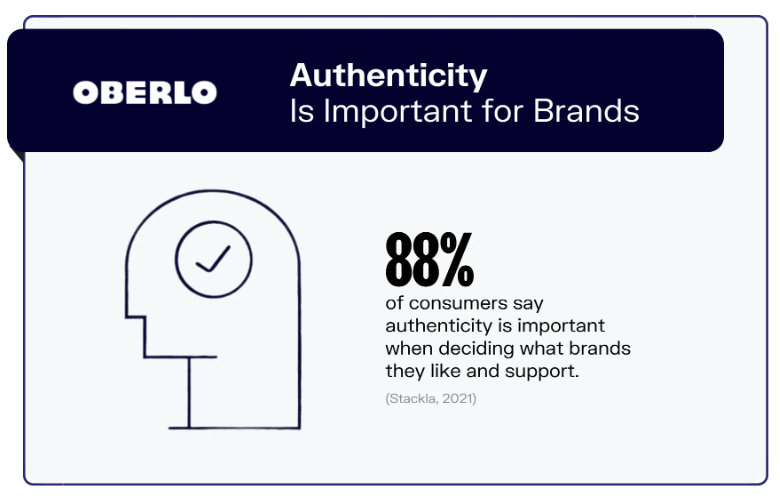
image source: https://www.oberlo.com/blog/branding-statistics
When you get there, you can think about a comprehensive customer engagement strategy. Without all the elements we mentioned earlier, you won’t be able to retain customers for long.
Why is customer engagement important?
Primarily because it enables your business to grow. Brands with engaged customers are more stable, develop even in uncertain market conditions, and simply sell more than other companies that neglect the issue of customer engagement.
You can maintain strong relations with customers with a decent customer engagement plan. And when they trust you and want to communicate with you, they will follow you almost everywhere.
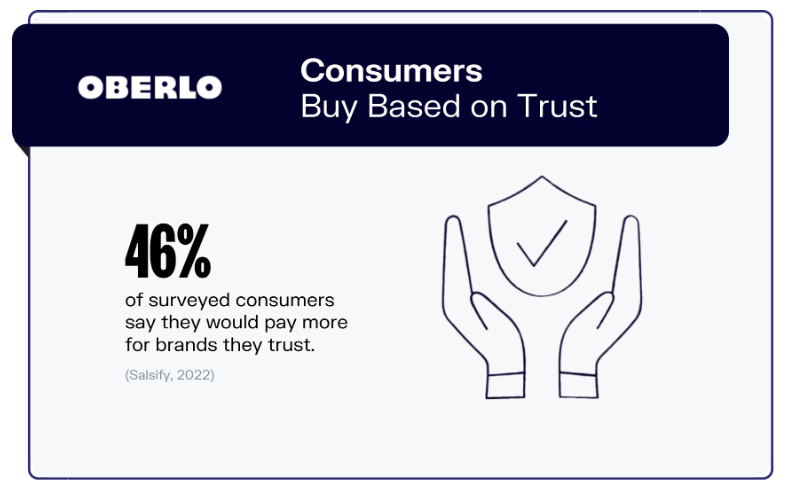
The best engagement strategies for growing businesses
There are many ways to show customers that you value them and to engage them in a conversation with your brand. The vast majority of customer engagement strategies begin with customer data. Yes, you need to know your customers and their needs and answer them as well as possible. Below, you will discover four effective customer engagement strategies. What do you need to know about them?
Use analytics data
We frequently say that nowadays, marketing is data-driven. This means that we don’t guess what to do to get more customers. We use available information and, based on that input, we know what works and what doesn’t. It goes further as customers simply expect you to know them. In a Gladly’s report from 2020, customers indicated three of the most important things brands should know about them:

To get that information, you need analytics software that will track your customers’ activity and gather all the necessary information about customers/users. That’s your starting point in every customer engagement strategy.
Know customer journey
You need to know your customers, but also the path they have to walk in order to buy something from you. It is helpful to map such a journey (or journeys) and indicate the most important stages of it, from interest to post-purchase service.
Today, more and more often, these customer journeys are divided into four stages, especially in the e-commerce world. These stages make up a framework introduced by Avinash Kaushik, one of the Google experts. It’s called See-Think-Do-Care and it shows how the customer journey works. You can read more about it here.
Loyalty programs for customers
Many brands, including e-commerce ones, decide to start a loyalty program. Usually, it’s a good idea. With such a program, you can gather even more information about your customers, but above all, make them feel special. Loyalty programs or VIP clubs create a sense of being a part of something exclusive and limited. Thanks to these clubs, brands can introduce new products, offer special discounts, and share additional benefits.
Personalization
Personalization is a regular guest on our blog. That’s because this strategy is immensely effective. You can personalize almost every element of your offer:
- Product recommendations
- Communication with customers and marketing campaigns
- Products and services themselves
- Content you produce
- Website and mobile apps
The goal is to make people feel taken care of. No one wants to feel like a statistical number, right? When you introduce personalization to your offer, you show customers that you value them and want to help them solve their problems or achieve their goals. Surely, people feel much better entering a website that greets them and shares some essential news, like, for example:
Hey Peter, it’s great to see you again! Check out our new arrivals.
This strategy is simple but extremely effective. That’s why it’s more and more common and not just in the e-commerce sector.
We showed you four useful tactics that can be a part of your strong customer engagement strategy. Implement these elements into your offer, and you’ll see the results!
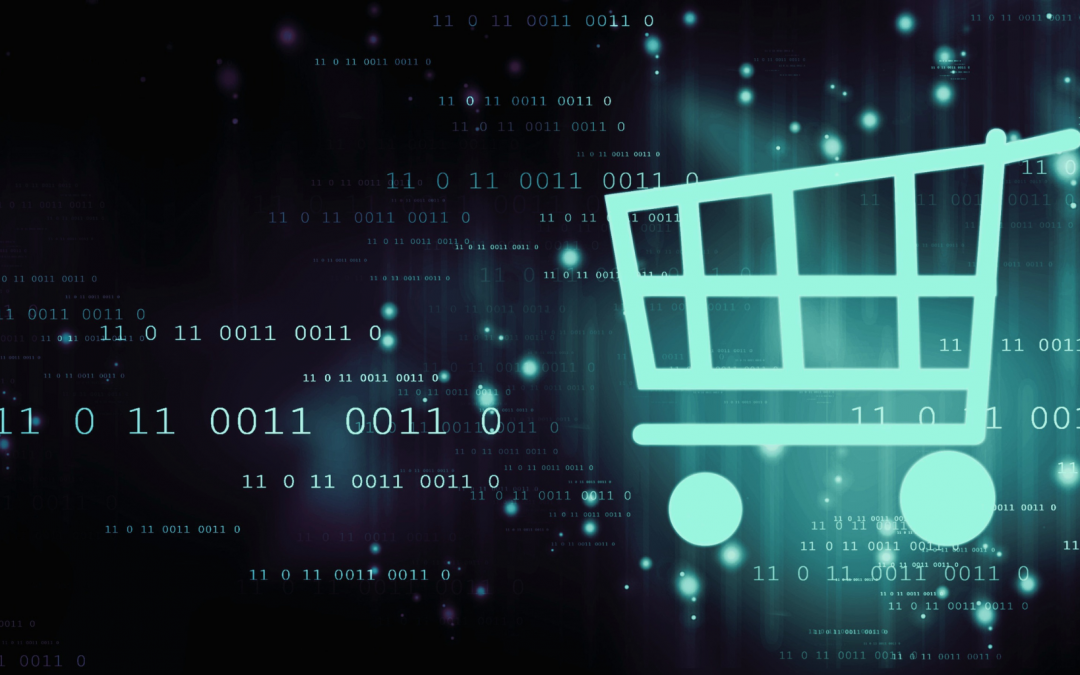
by dorota | Aug 8, 2022 | blog
Running an e-commerce store is much work, but you already know it. You experience it every day, from marketing and communication to fulfillment and shipping, not to mention all these repetitive tasks, returns, and customer management. And everything else in between. Unfortunately, sometimes it may seem like you are doing many little things to keep the business going, so you don’t have time to focus on the overall picture to take your business to the next level.
That is where e-commerce automation comes in. Imagine what would your day look like if something just happened without all the tedious work? That’s what e-commerce automation tools offer.
What is e-commerce automation?
E-commerce automation uses tools, applications, software, and systems to automate common manual workflows and tasks. Whether it’s the internal triggering of notifications and rules for important e-commerce metrics, launching personalized emails, or being able to manage and optimize various campaigns in real-time, there’s no doubt machine learning and automation are necessary for a growing online store.
How does e-commerce automation work?
In e-commerce, automation consists of a series of configured actions automatically. This e-commerce optimization technique has three components:
- The trigger event or indication that initiates automation
- A condition that determines the content and course of automation
- The result that corresponds to the performance of the activity without human intervention
There are many processes from the moment the customer places an order until the order is delivered to them. The order is first taken over by the e-seller and processed; then, the purchased product is picked up, packed, and shipped. Many of the assignments that take place during this time can be automated.
Why automating business is important
You can increase sales and encourage brand loyalty among potential and new customers with automation software and tools. Automating business is flexible and can quickly adapt to all business needs. Whether you want to launch email campaigns, social media campaigns, or set up a complex sequence of marketing efforts, the automation tools work hand in hand with your needs to help you achieve what you want.
More and more people shop online, which gives e-commerce an advantage over traditional stores. However, consumers constantly are raising their expectations for faster and more convenient deliveries. As a result, business owners must find ways to act quicker and remain flexible to stay competitive.
The benefits of using e-commerce automation
Thanks to e-commerce marketing automation, you can coordinate all your marketing channels so that they work closely together and help you achieve your business goals. However, this is not the only advantage of automation. Let’s look at some examples of the benefits you can gain by implementing e-commerce automation in 2022.
IMPROVED EFFICIENCY
Every task performed by your e-commerce team is essential. However, some, such as archiving and data entry, are often repetitive, time-consuming, and human error-prone. And despite the implementation of rigorous workflows, nothing allows you to complete these operations very quickly or completely prevent blockages or slowdowns. Automation avoids these obstacles. With it, almost all manual tasks are digitized. As a result, you benefit from guaranteed efficiency. Everyone saves time that can be spent on other jobs and strategic assignments with more added value.
MORE ACCURATE DATA
In e-commerce, rigorous data management is essential. Indeed, a massive amount of data is constantly generated and is continually evolving. If this data is managed manually, there will always be a risk of human error in handling it. That is why automation is essential. Thanks to automatic data management, the risk of potential human errors is significantly reduced and all the resulting consequences.
IMPROVING CUSTOMER LOYALTY AND SATISFACTION
More and more customers are looking for memorable and hassle-free purchases that save time and money. However, they also want to track their orders, receive up-to-date information, including inventory, and manage shipping and returns. You can enable them to access this up-to-date information in real-time, independently, and within seconds by automating business processes. It will satisfy them and make their experience positive and enjoyable. This way, companies build customer loyalty that’s solid and long-lasting.
There are many more benefits of e-commerce automation, but it is essential to choose an efficient and flexible solution to enable the implementation of all necessary automation processes. That is one of the keys to the success of your e-commerce project in 2022! Of course, the engine itself will not do all the necessary work. Effective implementation of automation requires the cooperation of internal teams with an integrator who will ensure that the new system is implemented quickly and without any problems and that it suits the needs of your business.
We know it, and that’s why at RecoAI, we provide the integration service of our recommendation systems. Find out more about our platform or contact us, and we will happily answer all your questions.

by dorota | Aug 8, 2022 | blog
Today, video data is virtually everywhere – from YouTube videos to quality control and surveillance. Intelligent algorithms help us create, analyze, and process video data just like it happens with any other type of digital information. In this article, we will show you how two AI-related technologies – deep learning and machine learning are used when it comes to video data.
Firstly, we need to explain what we mean by video data. To explain that, let’s start with something simpler – a single image. It’s a piece of data that comprises specific dimensions (height and width) and three-color layers called RGB. Put all that together, and you end up with a single image file. Now imagine that you have thousands of such files, and they are temporally ordered – the next appears right after the previous one. Such files are referred to as frames. A collection of such frames constitutes video data. Every YouTube video, every surveillance footage, and every commercial works the exact same way. Moreover, video data is directly linked to another AI technology called computer vision. So every autonomous vehicle also generates tons of video data, continually flowing as it drives around.
The use of video data in relation to AI
Now, how can we use AI-related technologies to manage video files? There are a few options:
- Cognitive systems: They are used with autonomous devices and vehicles. These systems enable robots and vehicles to detect objects in front of them and react accordingly (e.g., to bypass an obstacle).
- Metadata recognition: It can be used to ensure content compliance, e.g., to verify that this particular part of the footage was made on the given day, at the given hour.
- Intelligent solutions: Here, we can mention smart quality assurance at factories that need no human supervision to verify the quality of the products that are being manufactured.
- Image analysis: Frequently used in the healthcare sector, where intelligent algorithms can analyze footage made during examination (e.g., ultrasound) or surgical procedure.
With this introduction done, let’s have a look at these two technologies – deep learning and machine learning.
What is machine learning?
Machine learning is one of the essential AI technologies that is all about machines (algorithms) learning themselves. We start with an initial (so-called training) dataset and a machine learning algorithm that’s supposed to do something based on that dataset – analyze, modify, look for specific elements, etc. We train our algorithm using data from that dataset. Based on that training, the algorithm is capable of doing the same task on new datasets.
Suppose you want to train a machine learning algorithm that will be able to detect product defects on the production line. As a start, you need a dataset comprising faulty products (the more, the better). Such a dataset should contain high-quality images indicating specific defects. The algorithm learns based on that and, thanks to that training, can detect defective products on its own – e.g., by detecting deviations from the norm.
How to use machine learning for video
As you already know, it all starts with a dataset comprising relevant elements that we want to train our algorithm with. But that’s not sufficient. Here, we hit another bump in the road called data annotation. Your data needs to be labeled in a way that teaches the machine learning algorithm how to execute a specific task. This means tagging or labeling these datasets with the characteristics you wish your machine learning algorithm to identify. In other words, if you’re working on a defect detection system, you need a dataset that shows faulty products and indicates specific faults. This way, the algorithm will know that you want it to look for similar defects and inform about them.
What is deep learning?
Deep learning is a more advanced form of machine learning. There is one critical difference between them, though. Machine learning algorithms almost always require structured/labeled datasets (for training purposes). On the other hand, deep learning doesn’t need such extensive training. This technology uses artificial neural networks (that imitate the way the human brain works) to make decisions and analyze input data.
How to use deep learning for video
Undoubtedly, deep learning has revolutionized both AI and computer vision and made these technologies scalable. Deep learning facilitates the data extraction process by using huge sets of training data and multiple training cycles to train algorithms to do a specific job. As opposed to the manual extraction of features (in machine learning), deep learning algorithms automate the entire process and automatically extract necessary parts and elements.
Thanks to deep learning, computer vision algorithms can increase the level and complexity of their learning and deliver satisfactory performance and efficiency. Deep learning is used in processing medical videos, manufacturing quality control, military operations, autonomous vehicles, smart security surveillance, and many other applications.









